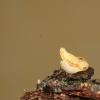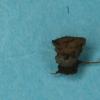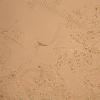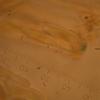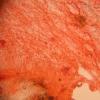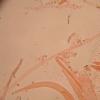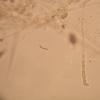
18-12-2025 18:07
Margot en Geert VullingsThese plumes were found on rotten wood.They strong

18-12-2025 17:23
 Bruno Coué
Bruno Coué
Bonjour,je serais heureux d'avoir votre avis sur c

17-12-2025 18:35
 Michel Hairaud
Michel Hairaud
Bonjour à tous/Hi to everyone I am passing along

15-12-2025 15:48
 Danny Newman
Danny Newman
Melanospora cf. lagenaria on old, rotting, fallen

15-12-2025 15:54
 Johan Boonefaes
Johan Boonefaes
Unknown anamorph found on the ground in coastal sa

15-12-2025 21:11
 Hardware Tony
Hardware Tony
Small clavate hairs, negative croziers and IKI bb

15-12-2025 07:09
 Danny Newman
Danny Newman
indet. Rutstroemiaceae sp. on unk. fallen leavesMc

15-12-2025 07:05
 Danny Newman
Danny Newman
Pseudosclerococcum golindoi (det: Zotto)near Cosb
hymenoschyphus ?
michel hurtu,
24-11-2008 09:19
Je n'arrive à rien avec ce petit asco trouvé dans la boue d'une zone marecageuse, sur petit débrit vegetaux.
2 à 5mm de diamètre, chair molle.
merci de votre aide
le reste suit
amitiés
michel hurtu,
24-11-2008 09:21
michel hurtu,
24-11-2008 09:34
Re:hymenoschyphus ?
voilà, je reste à votre disposition pour tout autre renseignement....(si je peux!)
merci beaucoup
amitiés
michel hurtu
merci beaucoup
amitiés
michel hurtu
Hans-Otto Baral,
24-11-2008 13:58

Re:hymenoschyphus ?
On your last photo the two ascus bases look as being without croziers. That and the strong amyloidity excludes H. monticola. The apical ring looks actually like Pachydisca fulvidula, and I suppose you have this species which is typical of acid bogs and rivulets and quite variable in colour. The VBs in the living paraphyses would be a further criterion.
The species has not been combined in Hymenoscyphus, was far as I remember, and isn't even a typical one.
Zotto
The species has not been combined in Hymenoscyphus, was far as I remember, and isn't even a typical one.
Zotto
michel hurtu,
24-11-2008 17:07
Hans-Otto Baral,
24-11-2008 17:55

Re:hymenoschyphus ?
yeah, that's good. Exactly. So I am sure about fulvidula. In contrast, H. epiphyllus would be multiguttulate to the very base of paraphysis, but H. monticola has guttules similar as fulvidula.
Zotto
Zotto
michel hurtu,
24-11-2008 19:03
Re:hymenoschyphus ?
Ok, thank you very much !
michel hurtu
michel hurtu

